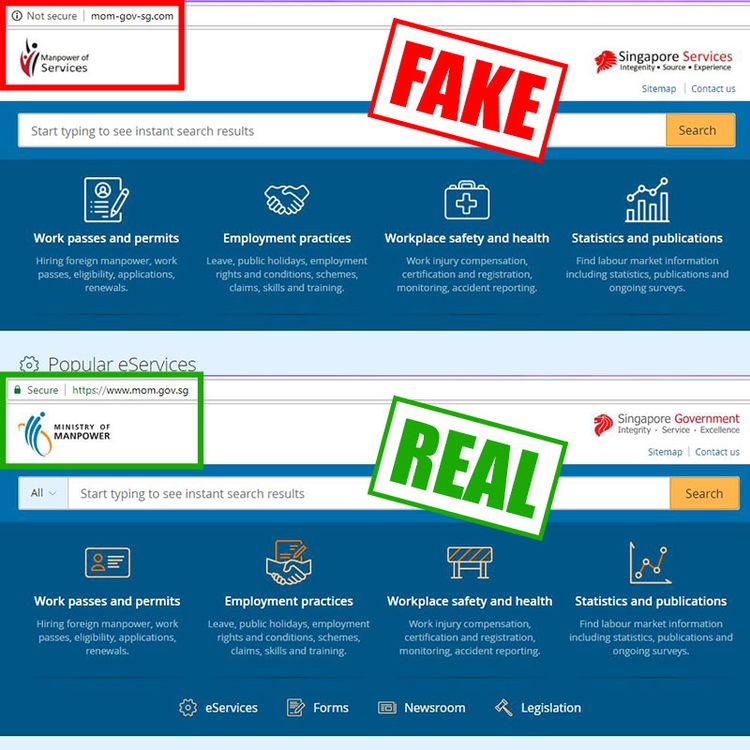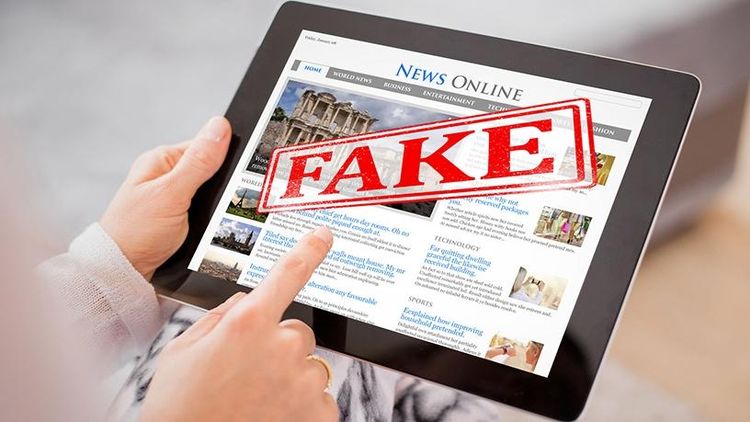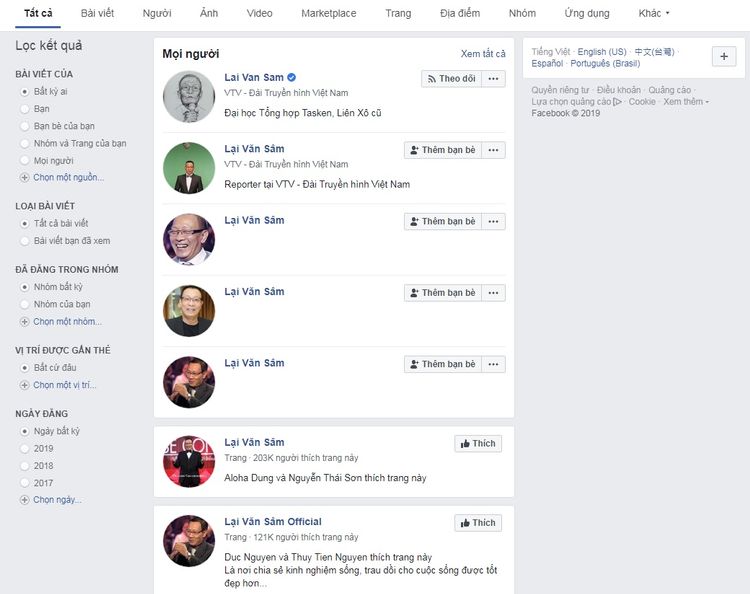How to not be fooled on social media?
In what world do people still get mislead by fake news on social media? Yet, many are still trapped in these big bad hoax!
Nowadays, people can easily get information via digital news sites, blogs, social media or newspaper apps...with only a smartphone, or even "stupidphone", as long as they have 3G connection and web browsers.
Convenient as it is, every development has its down side, as the government and the society is burdening with fake news all over the Internet, especially on social media - where people have all the freedom to post life updates or personal opinions with an incredible spreading speed.
These fake news affect the politics, economy, national security, and even the mindset of readers, causing turbulence within the society.
So how to differentiate between fake news and real news? How to not be fooled by the deceits on Facebook?
Here are some tips for you!
Check the news website
The first thing you need to do when you see a "shocking" information shared within a website link, do not rush in to see it, pay attention to the name and domain of the website. If it is a strange website that you have never heard of, along with a domain like .xyz, .us, it is best that you should not see it and waste minutes of your life, as it is highly likely fake news.
On the other hand, if it is an official news website like .gov, .vn, .edu, you may now safely proceed.

Now, lots of website are trying to fake the address of trusty news site by using 90% identical URL, with only little differences.
Check date and time
Fake or untrustworthy news often include 2 kinds of time and date misinformation that are easy to detect.
The first kind is the posting time on the website, as they might post old news on Facebook as a viewbait.
The second kind is giving false information in the content, or vague time information. These information are from past news, or with identical information of old news, with changed time, place and fake images to fool readers.
Pay attention to the grammar
Fake news and viewbaits are often of low quality, as they are not properly edited, with lots of spelling or grammar errors. This is also an accountable factor when it comes to the legitimacy of the article.
At present, fake news have become even more subtle, as they are refined with grammar check and like real images to fool readers.
Make sure to check the following information as well!

Check the illustrations
If it's a fake news aboout a character or event, the images are also fake, or they are even irrelevant to the news, or edited with Photoshop to look the most identical to what they wish to publish.
For that reason, you need to check the image source to see where it came from, whether it is relevant to the news or trustworthy. Normally images used in fake news are taken from the Internet, so if you are going online with your laptop, all you have to do is to right click on the picture, choose "search image on Google" or visit Google Image and choose the image that you need to check. If you are using your phone, it might be more difficult, so try to use Google image on your device!
Check out for fake accounts of celebrities
This is one of the most common tricks, mainly to bait for views and reactions, then later use accounts like this to change names and sell them for money.
They create fake accounts of celebrities and share a fake story or information. Thanks to "noob" social media users with unconscious sharings, those information spread out like lightning.

Mr. Lai Van Sam is a big celebrity, and one of the most faked person on social media in Vietnam, to the point that he had to use his Facebook again to clear out all of the fake accounts.
To know if the account is fake or not, there are some simple ways to check like: Is there a blue verification tick, when is the account created, are there frequent updates, do they have frequent interactions with their friends in their friend list? etc... If they are real celebrities, they will have frequent updates with many reactions. For fake accounts, the interactions of posts are relatively low, only fake news have lots of reactions and shares.
The blue tick is at the end of the account name, not the profile picture! Some fake accounts have a blue tick on their pictures to fool the inattentive people. Also, reading the comments is also a way to verify. If many people point out the false information of the post, it is highly likely that the post is untrustworthy.
Fact check using trustworthy sources
If the news site's official language is English, you can use FactCheck, International Fact-Checking Network (IFCN), or Snopes to verify the information source. For Vietnamese information, you can visit the Giả – Thật section of Tuoi Tre news to check the credibility of an event.
Fake information online can greatly affect the awareness, viewpoint and feeling of people, as well as the politics, economy and society of the country. Hence, stay clear-headed, filter information, identify the good and the bad, and be responsible for your "share" button, so that you won't become the naive news spreading tools for the tricksters.

 VI
VI EN
EN



